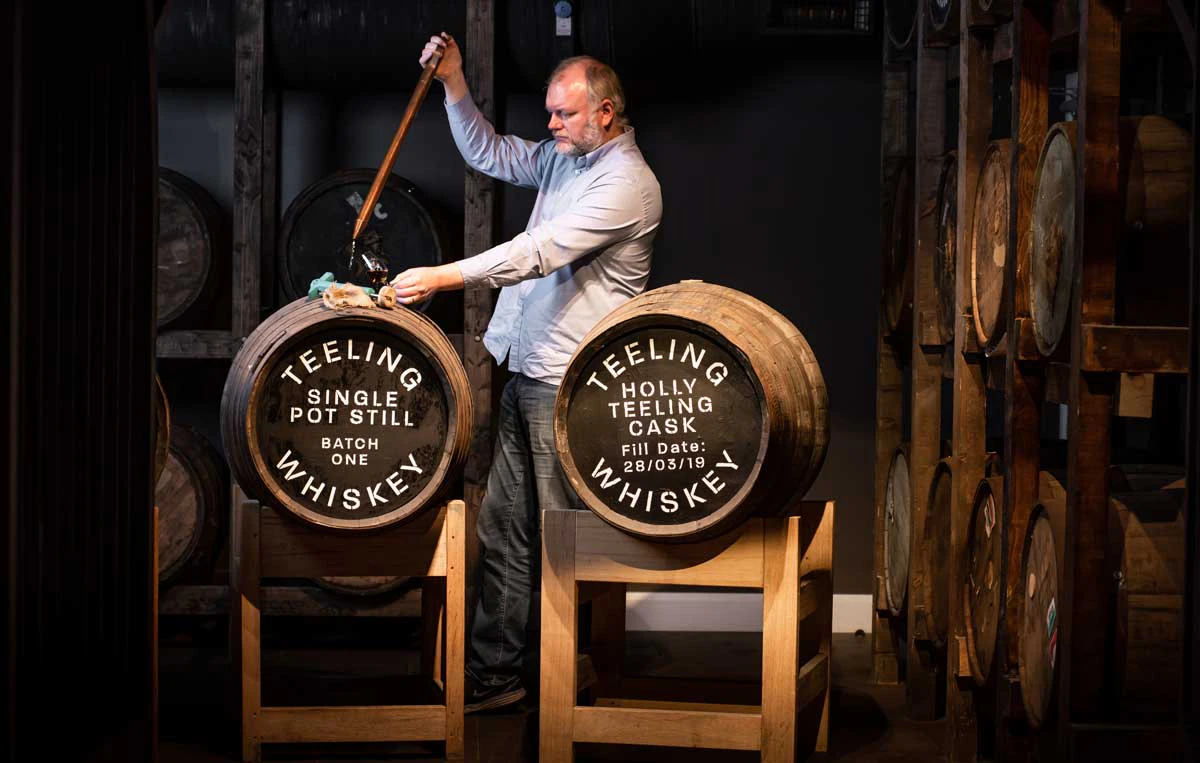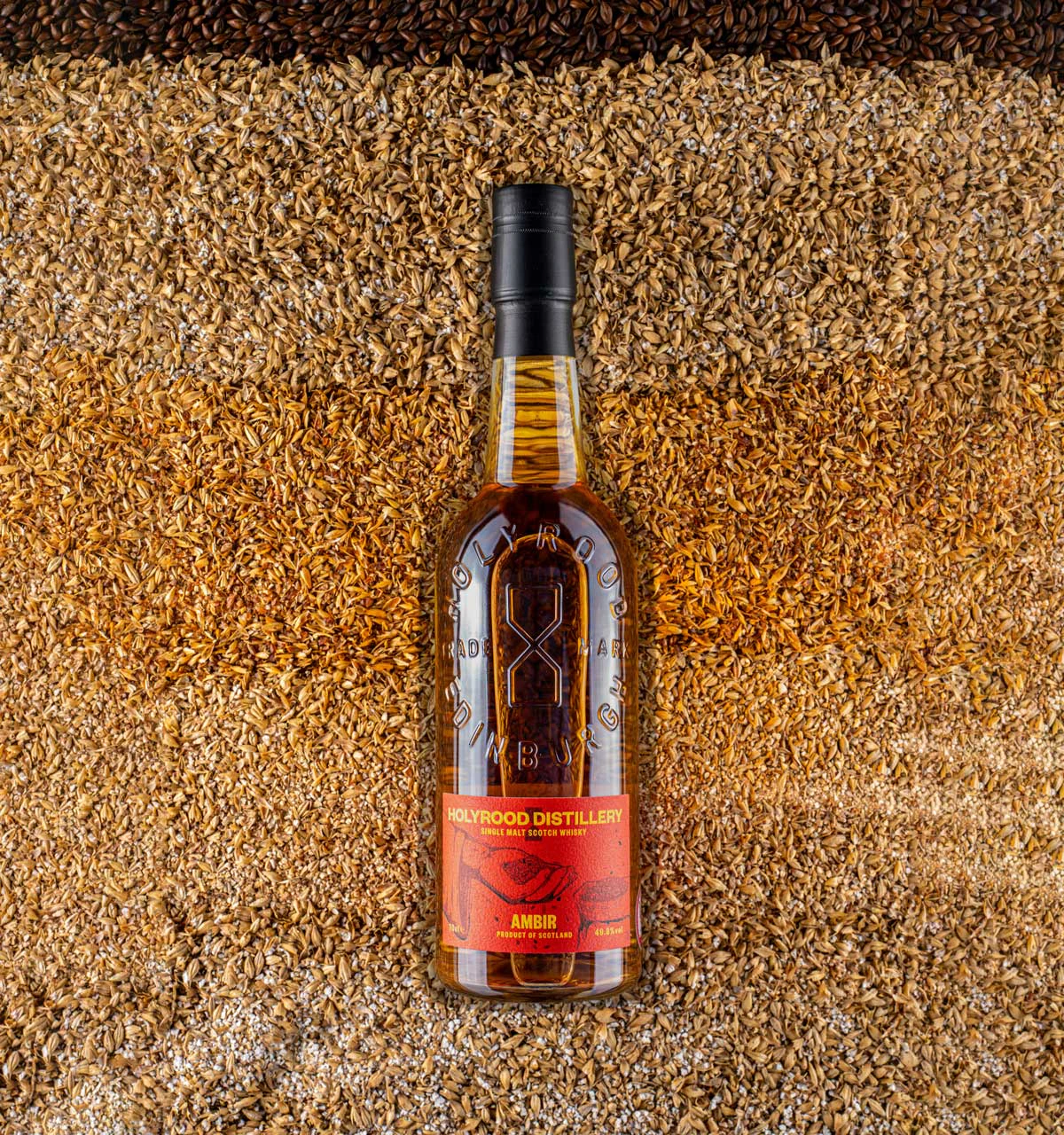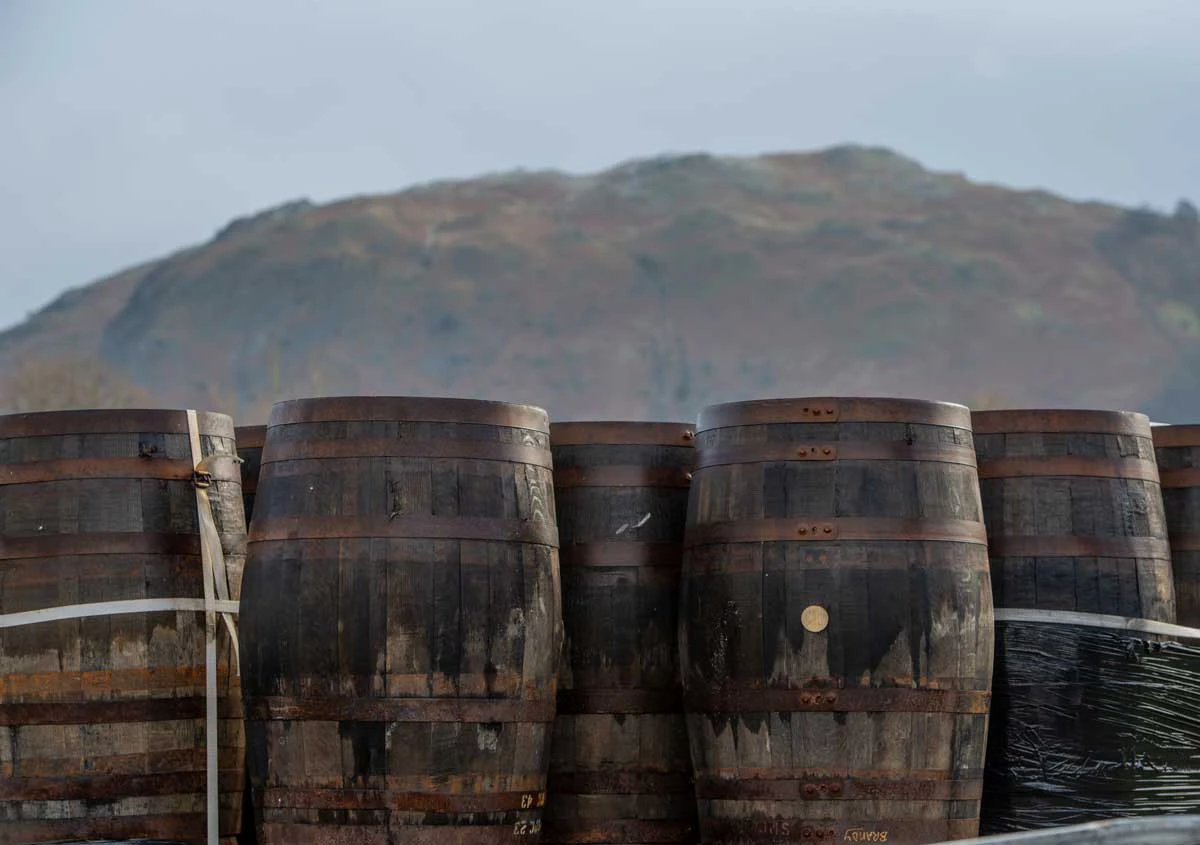The distilling industry has traditionally prioritized efficiency at every stage of production, with malts, grains, and yeast all selected or designed to maximize alcohol yield and with relatively less focus on taste. When it comes to whiskey, we tend to view the barrel as the main source of aroma, texture, and flavor.
The modern craft-distilling movement, however, upends those priorities. Innovative, smaller-scale distillers are questioning every stage of production, and they’re identifying other ingredients and methods that can make significant, positive impacts on character.
In particular, alternative malts and grains have proven capable of offering seemingly limitless opportunities for new aromas and flavors, potentially giving the raw spirit a more distinctive, individualized character.
“The most important reason for using novel ingredients in whiskey is that drinkers are looking for something different—something they’ve never tasted before,” says Alex Chasko, master distiller at Teeling Whiskey in Dublin.

Alex Chasko, master distiller at Teeling Whiskey. Courtesy Teeling Whiskey, Dublin
A former brewer, Chasko is part of a growing group of distillers whose approach to raw ingredients has been deeply influenced by craft beer’s quintessentially experimental mindset. He incorporates a wide range of brewing malts—including crystal, chocolate, crystal rye, and oats—into everything from Teeling’s flagship expressions to its smaller-batch releases.
“The use of brewing malts and nontraditional grains is a fantastic way for us to experiment and push the boundaries of flavor,” Chasko says. “It ensures that, from the very start of the process, we’re likely to get something unexpected.”
Aromas, Flavors, and Textures
Unlike in the brewing sector, the use of specialty malts and grains is still relatively novel in the spirits industry, leaving distillers with little existing knowledge to guide their approach. As a result, creating a more complex yet balanced spirit isn’t as simple as throwing some different malts into the mix.
A key first step is to appreciate the difference between two broad categories of specialty brewing malts.
“With specialty malts, the kilning and roasting processes they undergo are incredibly influential on their final characteristics,” explains Tyler Pederson, master distiller at Seattle’s Westland Distillery, which has long experimented with alternative ingredients. “A lightly kilned malt can offer grassy and biscuity notes, but increasing the heat accelerates Maillard reactions within the grain, so malts that are more heavily roasted produce flavors like toasted nuts, graham cracker, caramel, cocoa powder, and even coffee.”
Lighter-kilned caramel or crystal malts tend to lend a more delicate profile, so they can be used in relatively high percentages—often up to about 15 percent of the grain bill. Meanwhile, darker-roasted malts such as black and chocolate should be used more sparingly; even small amounts can impart a significant roasted character.

Ambir features four specialty malts: chocolate, Vienna, crystal 240, and caramalt. Courtesy Holyrood Distillery, Edinburgh
“Chocolate [malt] is a great example,” says Calum Rae, master distiller at the innovative Scotch whisky distillery Holyrood in Edinburgh. “These days, the most we’ll use is around 10 percent because we’ve found that we don’t need much of these very intense malts.”
Meanwhile, inclusion rates of black malt—which is even more heavily roasted—can be as low as 0.5 to 1 percent of the grain bill because the intense roast imparts enormous flavor potential. “Overall, the greater the roast—and the more intense the flavors—the less you need in the recipe,” Rae says.
Paul Abbot, founder of Grasmere Distillery in England’s Lake District in Cumbria, agrees that these ingredients should be used sparingly. Not only can they throw the aromatic profile out of balance, but overusing them can lead to astringency or excessive tannins.
“Think of the base malt as French fries and the specialty malt as salt and vinegar,” he says. “Most people would agree that 99 percent fries with 1 percent salt and vinegar might be delicious, and a 50-50 ratio disgusting. Same ingredients, but a totally different experience on the palate. Strong flavors need to be used in small amounts.”
On the other hand, alternative base malts such as Vienna—slightly more toasted than a standard pale malt, contributing the characteristic biscuity profile of Vienna lager—can be used in much larger quantities. “It’s not your standard distilling malt but much closer than crystal or brown,” Rae says. “With this, you don’t take a hit on yield, but you still get the benefit of those delicate pastry notes.”
Flavorful but Less Efficient
As with most decisions related to distilling, alcohol yield is a major consideration when using alternative ingredients. Unlike conventional distilling malts, these products aren’t made with efficiency in mind.
“Higher costs and lower yields are the typical challenges when working with specialty malts,” Pederson says. “The extra processing involved in kilning and roasting increases the cost per pound, and the higher temperatures degrade enzymes that are crucial for starch conversion.” Kilning and roasting also can break down starch within the barley kernel, leading to further loss of potential yield.
To address that challenge, distillers can get creative by maximizing flavor extraction through appropriate yeast strain selection.
“Brewing yeasts are ideal for letting those flavors really shine,” Rae says. “These strains have been selected over the years to make the most of complex mash bills and can amplify the impact of multiple malts. They enhance the flavors already present—strains like S-04 or S-33 can really bring them out, and then you can capture those flavors with a deeper hearts cut.”
In and Out of the Barrel
The aroma and flavor impact of alternative malts on new-makes is relatively straightforward to assess after distillation. However, predicting how those flavors will evolve during maturation and reveal themselves after aging is an entirely different challenge.
“The flavor contributions from specialty malts are relatively stable over time,” Pederson says. He notes that the aldehydes, pyrazines, and other compounds in these malts typically don’t undergo the same cascade of chemical reactions in the cask as fermentation-derived esters.
“What we notice,” Pederson says, “is that other elements of the spirit become more refined over time, allowing the grain character to shine through more as it ages.”
Yet some distillers remain uncertain about how brewing malts will interact with the maturation process and about what character they’ll ultimately reveal once the spirit has aged. As Chasko says: “The magic and the mystery of maturation is widely understood for typical grains, but when you add new or unique flavors to the mix, the outcome is not so well-defined.”
The general consensus, however, is that these ingredients can impart layers of aroma and flavor that endure for several years. Abbot argues that this makes them, in the long run, an especially practical and economical way to craft distinctive spirits, particularly for younger distilleries without extensive aged stocks or for those less inclined to rely on age statements.

Shennah Alcock Photography. Courtesy Grasmere Distillery, Grasmere, UK
“Moving whiskey flavor around with élevage cask finishing can be very expensive, and most of us craft distillers simply can’t afford it,” he says. “Flavor from malt, on the other hand, is cheap. It requires brewing skills rather than a hedge fund. Of course, we still need excellent casks to finish our whiskey, but it makes a huge difference if our new-make spirit is already complex and rich. That way, the casks don’t have to do all the heavy lifting.”
Keeping an Eye on the Process
Using alternative malts often requires specific adaptations during production.
The first consideration is ensuring that milling is feasible. Some malts or grains differ in size and friability, but you may also need to adjust mashing procedures to account for their lower moisture content and reduced yield potential.
“Higher temperatures drive off moisture and create a more friable malt, which means it can be ground more easily into a fine powder,” Pederson says. “Increased friability and smaller grist particle sizes can have processing implications in the mash tun and, if not managed properly, can lead to a spirit with a heavier character.”
Specialty malts also can lower the pH of the mash, so distillers should take care when selecting yeast strains and adjusting operating procedures to optimize performance in a more acidic environment. Then, in the still, they need to be careful during distillation to limit the carryover of malt-derived, long-chain fatty acids and their esters into the still.
“This can increase mouthfeel and create a waxy character in the final spirit,” Pederson says. “We use a cut in our first wash run that separates the heavier components from the distillate before it goes to the spirit still. The result is a more refined expression of the malty and chocolatey notes from our mash bill.”
Ultimately, however, this new frontier in distilling is as much about curiosity as it is about control. Each experiment brings its own lessons—and sometimes it brings surprises.
“There have been ideas that didn’t turn out the way we expected,” Chasko says. “These are experimental whiskies venturing into uncharted waters. It’s important to keep an open mind when trying something new. You need some logic, of course, but a bit of luck helps, too.”
